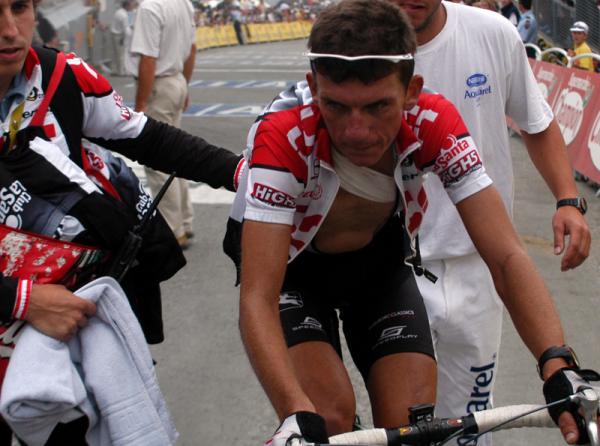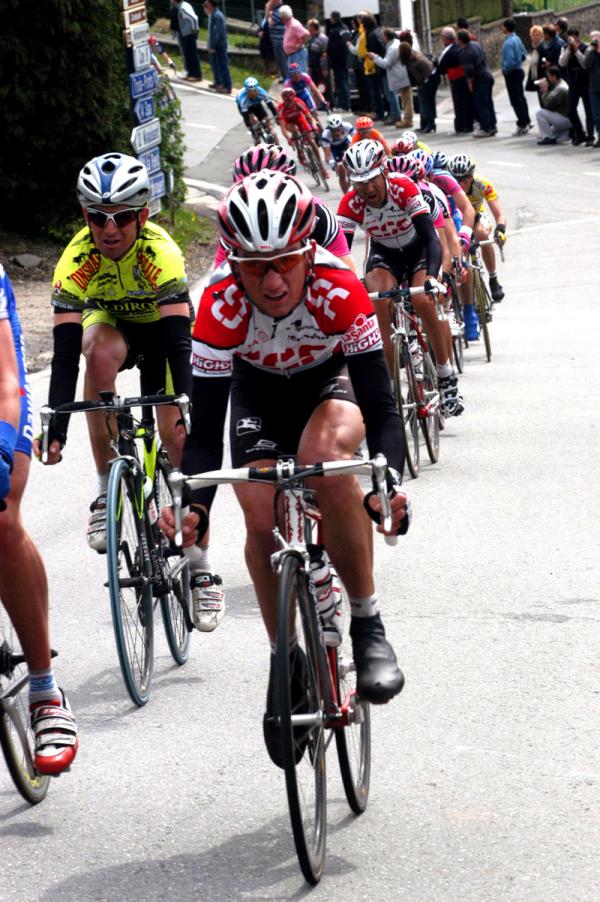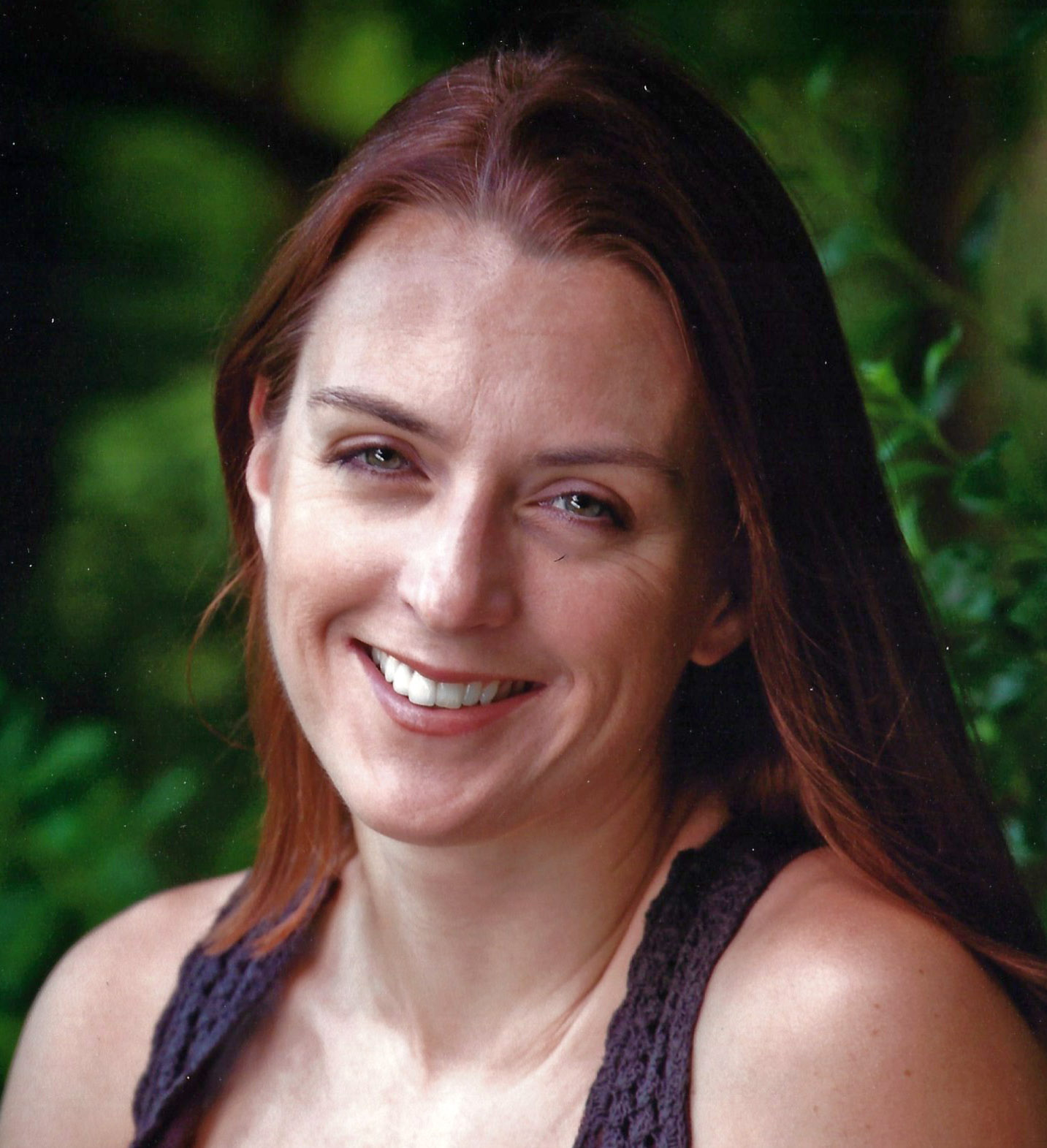Tyler Hamilton's book reveals in-depth doping network
States the UCI "doesn't want to catch certain guys"



Former Lance Armstrong teammate Tyler Hamilton has provided the world with a sweeping, high-definition view into the thinly veiled world of the doping culture in cycling in his new book, "The Secret Race", due out September 5 by Random House publishing, co-written by Daniel Coyle.
Hincapie and Hamilton approached by federal investigators
Hamilton says he saw Armstrong use EPO
Tyler Hamilton's letter of confession
Hamilton alleges Armstrong EPO positive cover-up on 60 Minutes
UCI rejects Hamilton's accusations of 2001 Armstrong cover-up
Ekimov denies Hamilton's claims of Armstrong doping
Hamilton requested removal of Olympic title
Hamilton to release autobiography
Hamilton says Armstrong gave him EPO before 1999 Tour de France
If cycling fans had any doubt as to the depth of doping during Armstrong and Hamilton's era, the level of detail provided by Hamilton will, or at least should, cast that all aside.
The text is Hamilton's words but the stories are backed up by extensive research by Coyle, who states in the introduction that he interviewed Hamilton more than 60 times, and "to verify and corroborate Hamilton's account", he interviewed numerous independent sources. The result is a bird's eye view of Armstrong's power and influence over even those tasked with governing the sport.
Coyle, who spent months with Armstrong to write "Lance Armstrong's War", ends his preface by stating, "I think people have the right to know the truth. People need to know how it all really happened, and then they can make up their minds."
"They weren't drug tests. They were more like discipline tests, IQ tests"
After years of denial following his own doping positive, Hamilton first opened up about his doping past to the US federal grand jury, which was investigating Armstrong and allegations of doping and conspiracy at the US Postal Service team. He then came out on the television news magazine 60 Minutes with public allegations that Armstrong doped and helped him dope.
Armstrong has continued to deny all involvement with doping, and the federal investigation was dropped without warning or reason, but the US Anti-Doping Agency picked up the case and has banned Armstrong for life and stripped him of all of his results from August 1, 1998 to the end of his career.
The latest race content, interviews, features, reviews and expert buying guides, direct to your inbox!
Hamilton's 265 page account in "The Secret Race" is prefaced by an admission that he had lied throughout his career: "The truth is too big, it involves too many people. You've either got to tell 100 percent or nothing. There's no in-between", and then ends by stating "The truth will set you free."
In between those pages, Hamilton's account fills in all of the gaps and pieces together many of the stories already in the Cyclingnews archives, fleshing them out with a shocking level of detail never seen before.
"The tests are easy to beat," he writes. "We're way, way ahead of the tests. They've got their doctors, and we've got ours, and ours are better. Better paid, for sure. Besides, the UCI doesn't want to catch certain guys anyway. Why would they? It'd cost them money."
In addition to recounting US Postal's sophisticated doping programme, with EPO syringes being handed out in little white lunch bags to select riders on the "A-team" - as well as his first injection at the hands of Dr. Pedro Celaya, (who was also charged by USADA), Hamilton goes on to detail about how easy the UCI's tests were to beat.
"In fact, they weren't drug tests. They were more like discipline tests, IQ tests. If you were careful and paid attention, you could dope and be 99 percent certain that you would not get caught."
"Lance tested positive. I know because he told me"
It was easy, Hamilton describes, because there was a ring of nefarious doctors, trainers and assistants who helped Armstrong, himself and others avoid testing positive. From standing watch and delaying testers should they arrive during "glowtime" - when a rider was likely to test positive following administration of EPO, testosterone or corticosteroids - to methods to avoid testing positive such as 'microdosing', or injecting EPO into the vein rather than subcutaneously so that it left the system quicker (methods developed by Michele Ferrari), Hamilton explains that it was not only possible to dope continuously and not test positive, it was a part of life as a professional cyclist.
He also details how the UCI was not only ineffective as far as testing, but alleges that it kept Armstrong from testing positive - from the 1999 cortisone test that was swept under the rug with a back-dated Therapeutic Use Exemption ('saddle sore'), to the 2001 Tour de Suisse EPO result where Ferrari's latest protocol to have Armstrong dope with EPO and not test positive, nearly failed.
"Ferrari advised Lance to sleep in an altitude test and to microdose Edgar [code name for EPO - ed.] in the vein, 800 units a night. This would help keep his haematocrit high and also beat the new EPO test. The altitude tent would create more natural EPO, helping to balance out any synthetic EPO that might linger ... his plan with Ferrari had worked out perfectly.
"That is until Lance tested positive," Hamilton wrote. "I know because he told me."
While Hamilton was worried, Armstrong was flippant. "No worries dude. We're gonna have a meeting with them. It's all taken care of."
"Them" was the Lausanne anti-doping lab director Martial Saugy, a fact confirmed by USADA's own investigation.
In a letter to the UCI, USADA attorney William Bock states, "USADA met with Lausanne laboratory director Martial Saugy who confirmed various communications and meetings he claims to have had with UCI personnel, Johann Bruyneel and Lance Armstrong concerning EPO test results for a sample that Mr. Armstrong provided at the 2001 Tour of Switzerland. Mr. Saugy told USADA that representatives of UCI were aware of both the indication of EPO use from Mr. Armstrong’s 2001 Tour of Switzerland sample and of the meetings involving Dr. Saugy, Mr. Armstrong and Mr. Bruyneel."
"Lance called the UCI on you"
When Hamilton left US Postal for CSC and later Phonak, he set up his own doping system using Eufemiano Fuentes (later busted as part of Operacion Puerto), using transfusions in addition to EPO, a system championed by CSC owner Bjarne Riis, Hamilton alleges. (Riis categorically denied knowing Fuentes and refused to comment further).
Hamilton confirms the use of a powder termed "polvo", likely protease, an enzyme tucked under the fingernail and introduced into the stream of urine to beat the EPO test. He states several times that Riis helped him refine his transfusion schedule, and that doctors and soigneurs on CSC aided in defeating doping controls by being on "standby" with intravenous saline to water down haematocrit if doping controllers showed up, and doctors on Phonak helped with transfusions.
Hamilton states in the book that he was called into the UCI headquarters to meet with then-president Hein Verbruggen and Dr. Mario Zorzoli, the UCI's chief medical officer, where he was informed that his blood tests indicated homologous transfusion - blood from another person - after the Ventoux stage of the 2004 Dauphiné Libéré.
The kicker? Armstrong himself arranged the meeting, Floyd Landis tells Hamilton. Landis alleges that Armstrong helped bring down the UCI's anti-doping authorities on his main competitors including Hamilton and Euskaltel's Iban Mayo.
"He called Hein, after Ventoux. Said you guys and Mayo were on some new shit, told Hein to stop you," Landis is quoted as saying.
It's a third-hand statement, and UCI spokesman Enrico Carpani emphatically denied the insinuation to Cyclingnews. While the UCI's meeting with Hamilton was public knowledge after his arbitration hearing, the motives behind it were simple, Carpani said.
"At the time, it was the only strategy we could use. We did not have tests for all of the illegal methods," Carpani said. If a rider had abnormal blood values, he said they would ask them to UCI headquarters, a practice they no longer use. "At that time we used the option of bringing the rider in to ask him to explain himself, to let them know that we were monitoring him and to perhaps put some pressure on him. But I can clearly state that we never, never brought in any rider at the request of Lance Armstrong."
The meeting was just a warning - and Hamilton was allowed to go on racing as normal, to continue doping at the hands of the inept doctor Fuentes and his assistant. To be given a bad blood bag in the 2004 Tour de France that made him severely ill. He then tested positive for an homologous transfusion in the 2004 Vuelta a Espana and Olympic Games and was suspended for two years.
Hamilton fought hard to get people to believe the lies he told during his defence. His fans, like Armstrong's wanted to believe. Unlike Armstrong, Hamilton never could embrace the love and admiration of his fans. He sank into a deep depression, tested positive a second time because of anti-depression supplements and was given an eight-year ban. It was only after getting the decade of lies off his chest that he said he truly began to live again.
Whether or not that 'truth and reconciliation' process can work for all of cycling remains to be seen.
For his part, Armstrong told the cancer community in a video statement yesterday, "It's time to move forward. It's time to talk about a different fight. I refused to be distracted."

Laura Weislo has been with Cyclingnews since 2006 after making a switch from a career in science. As Managing Editor, she coordinates coverage for North American events and global news. As former elite-level road racer who dabbled in cyclo-cross and track, Laura has a passion for all three disciplines. When not working she likes to go camping and explore lesser traveled roads, paths and gravel tracks. Laura specialises in covering doping, anti-doping, UCI governance and performing data analysis.